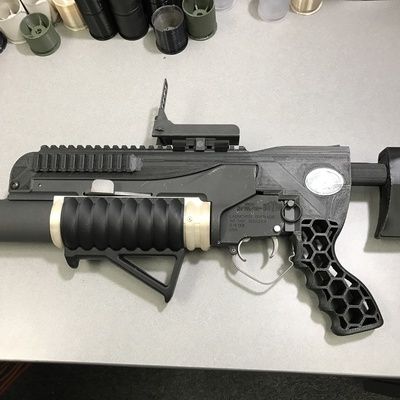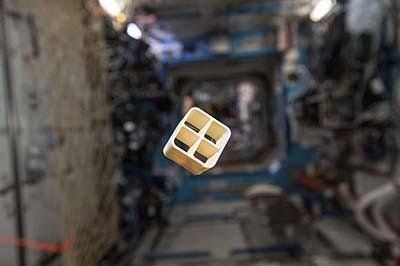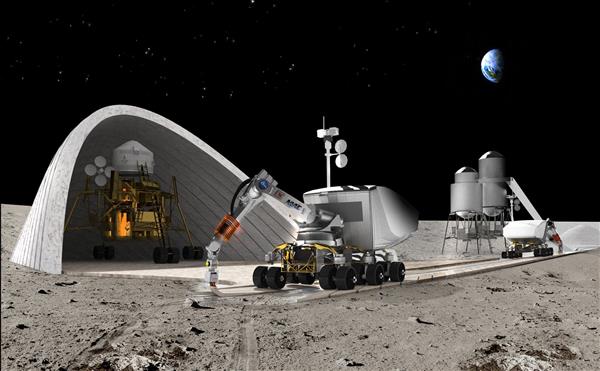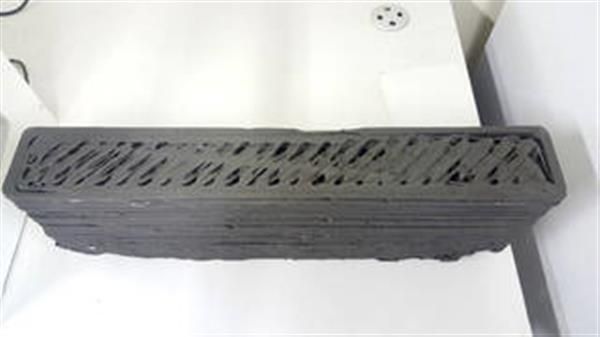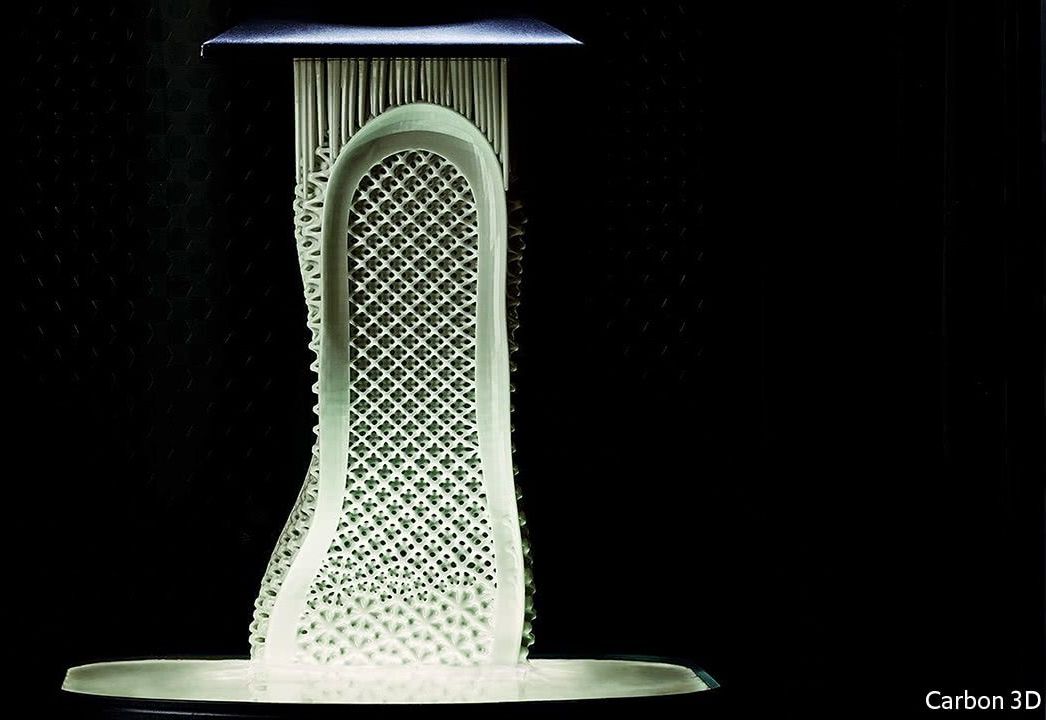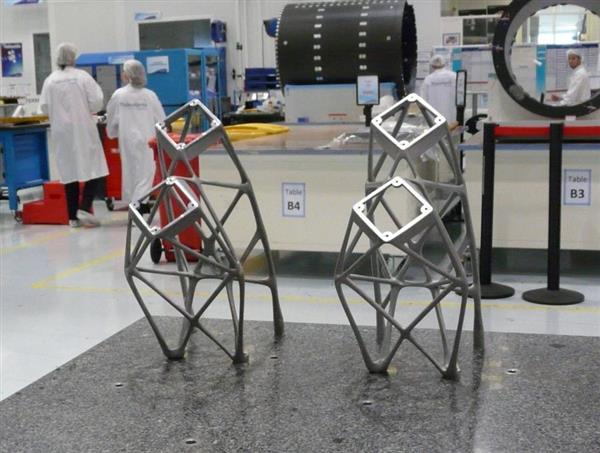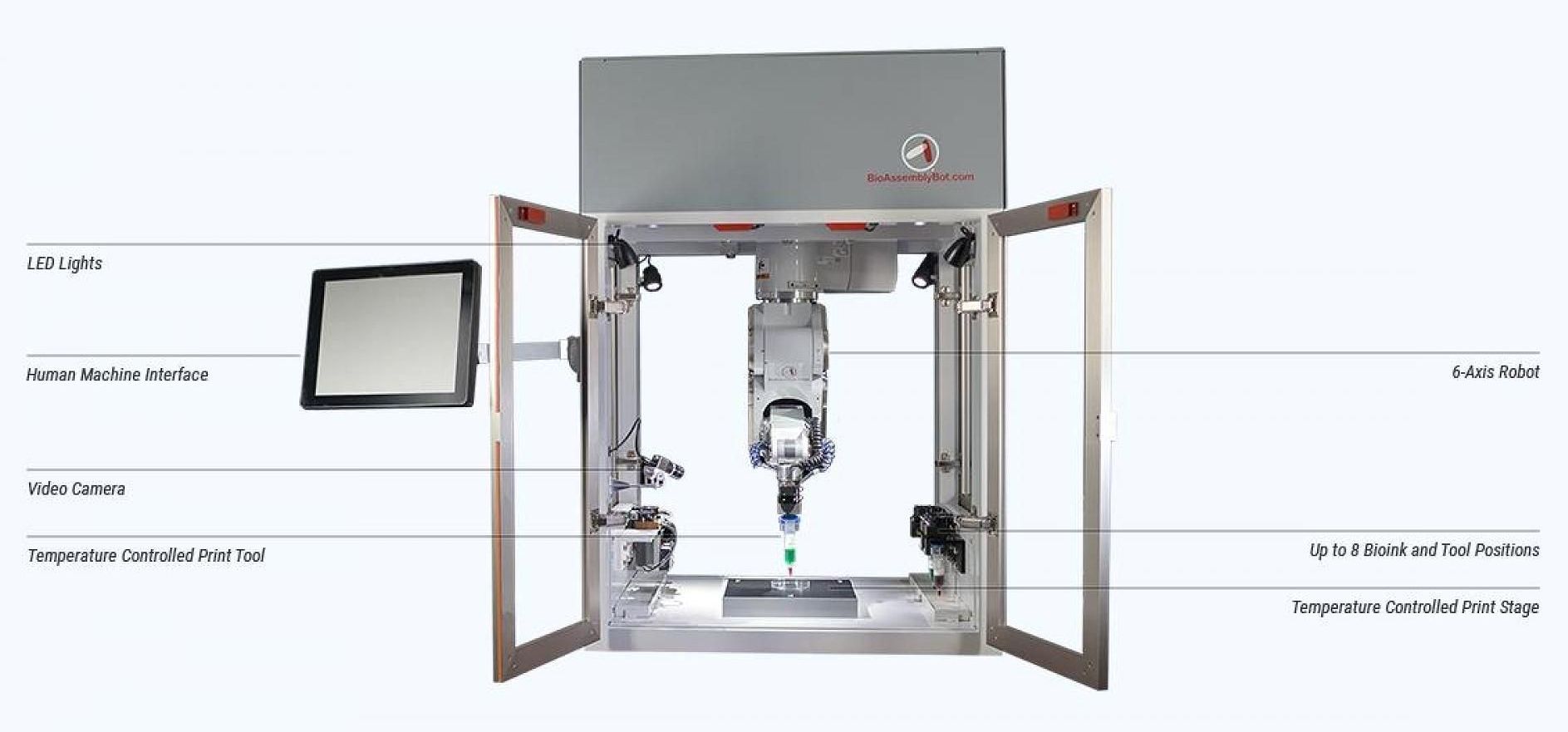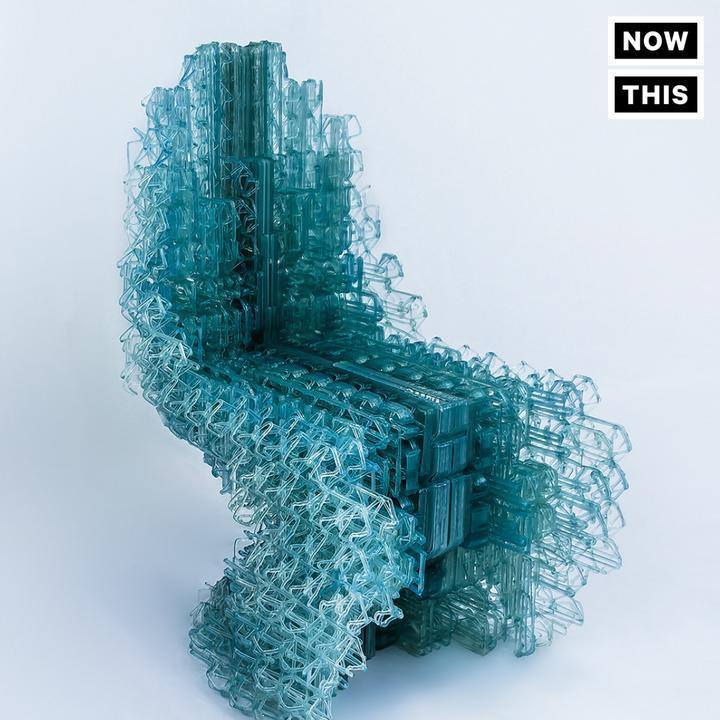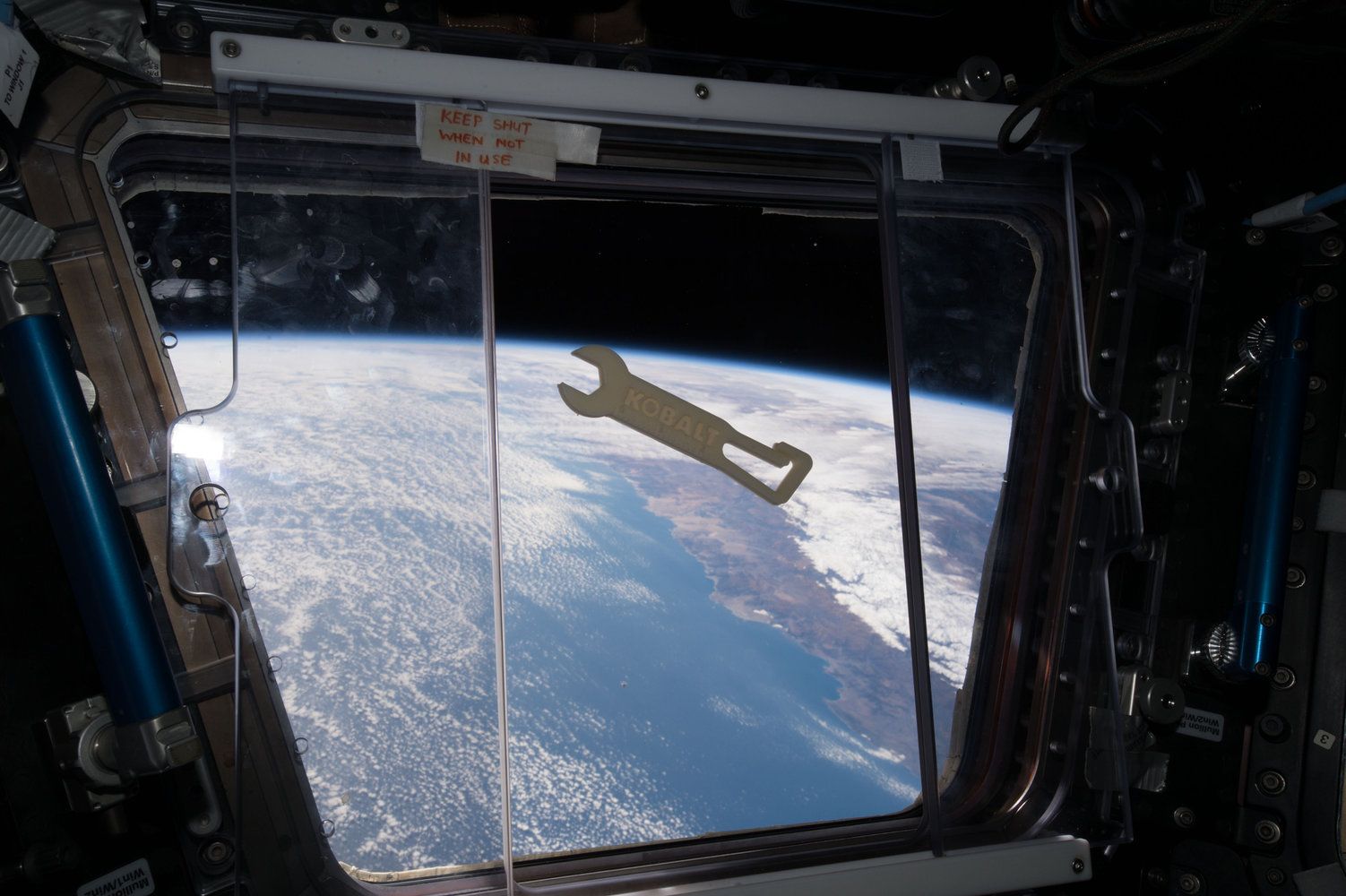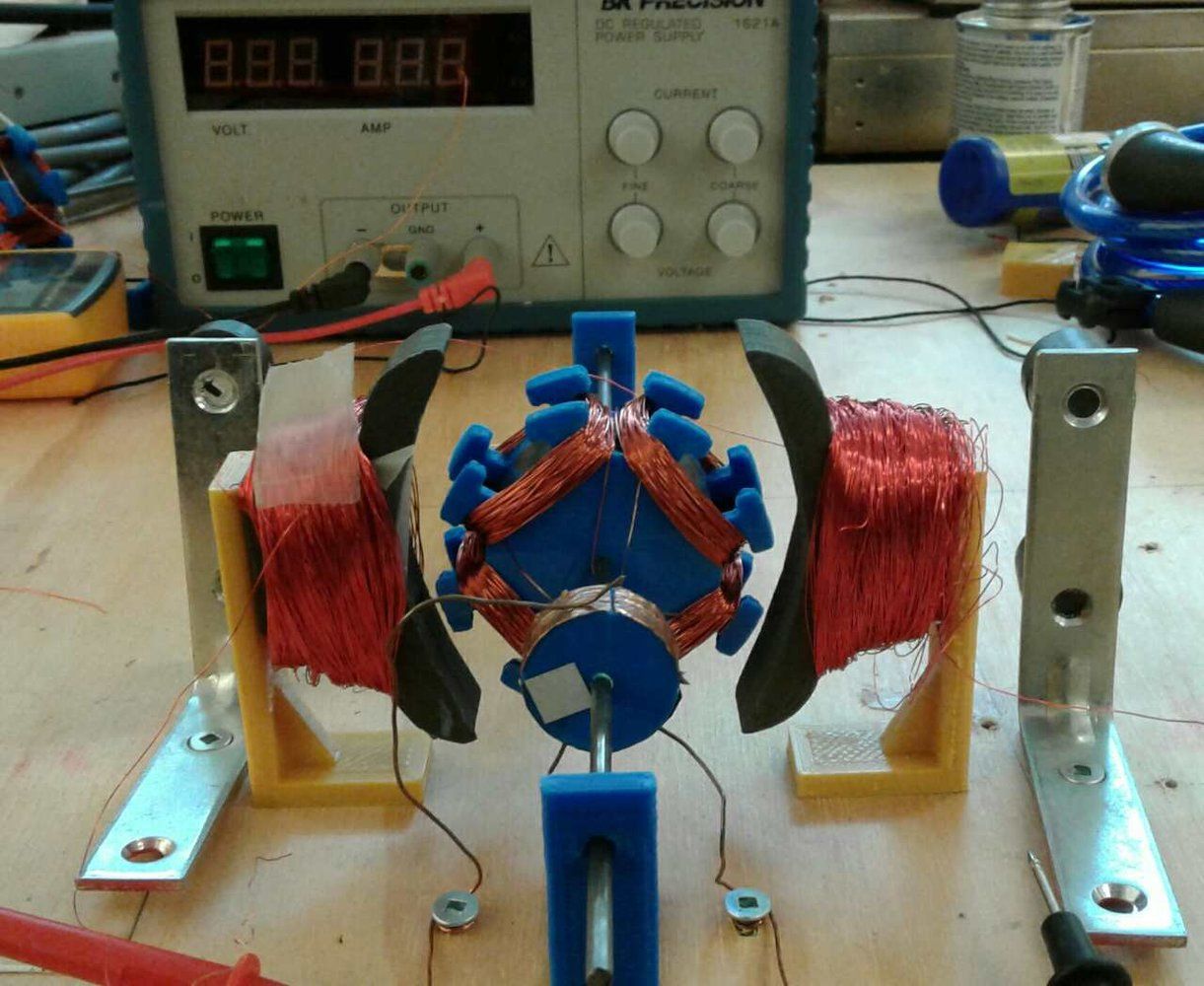A new report shows just how easy it is becoming to download designs for difficult-to-trace arms.
In the darker corners of the Internet where search engines cannot go, black markets offer pistols, machine guns, even explosives — and most worrisome to security researchers, computer aided design, or CAD, files for 3D-printed guns.
A new report from RAND looked at 811 weapons listings on a dozen dark-web markets, which continue to thrive despite the shuttering of sites like the Silk Road and, just this month, AlphaBay. Firearms were the top-selling category, with was 339 active listings, roughly 42 percent of the market. But the next-largest share, with 222 listings, was a variety of digital products, from build-it-yourself explosives manuals to CAD files.
